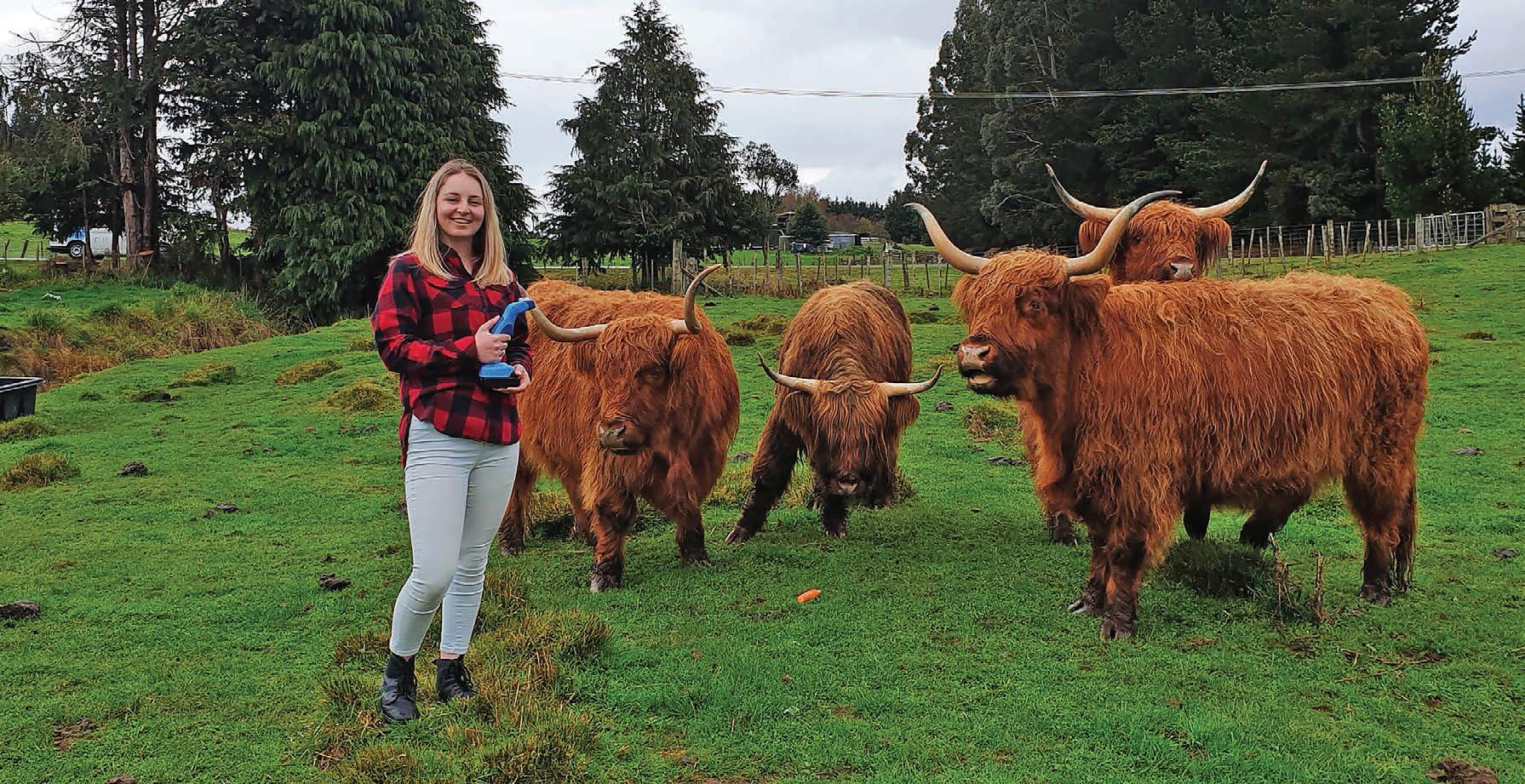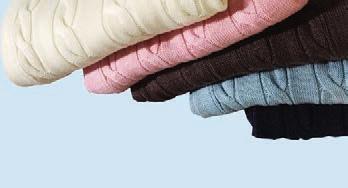
3 minute read
Newsmaker
NEW TECH: Lisa Newman says her SWITCH tail trimmer will offer a far more cow and farmer friendly trimming experience.
Tail trimmer is cutting-edge
Massey industrial design graduate Lisa Newman has been recognised in the prestigious New Zealand James Dyson Awards for her ergonomically sound bovine tail trimmer, designed with NZ dairy farmers firmly in mind. She talked to Richard Rennie about the inspiration – and challenges – behind the design.
TRIMMING cows’ tails is always on the must-do list at milking time, but equally the would-rather-not-do list for most dairy farmers. The messy, mucky, time-consuming job is a tough one to complete under time-pressure milkings with current trimming tools, but vital to animal welfare and hygiene, thus a job that can’t be ignored.
Growing up on a Taranaki dairy farm, Lisa Newman knew full well the tribulations of trimming cows’ tails, and a conversation with her father when she was kicking around for James Dyson ideas drew them towards a viable solution.
“He regarded it as a timeconsuming job and the more we looked at it, we saw the equipment around even today is not that great,” she said.
“One machine fitted on an electric drill and did not appear that practical, or user friendly, in fact kind of scary.”
In researching the applicability of developing such a machine she found farmers were resorting to all sorts of questionable options when it came to trimming.
“Some would be using regular kitchen scissors and having to tape their hands up to avoid blisters from them, others would try using wool hand shears, which were pretty dangerous and prone to cutting both the cow and the farmer,” she said.
The need to trim is greater now than ever, given animal welfare regulations changed in 2018 preventing docking of tails. This leaves the national herd of five million dairy cows as a ready market for a device that is easy to use, efficient and affordable.
Her SWITCH tail trimmer has a specially designed semi-circular cutting head that fits easily around the cow’s tail and travels up the complete length of it. That design demand was an obvious requirement, but one not served by current machines that can’t negotiate the tail being thicker at the top.
She has eliminated the electrocution risk of using a drill in the dairy by making the machine’s power source based off a rechargeable 12V battery platform, with blades that can be changed in and out easily as they blunted.
Developing the prototype required a line of wooden and foam trial handpieces, with the final design utilising a resin-based 3D printed handpiece. This has ergonomics at its centre, shaped to avoid fatigue and enable the user to move their hand around any part of the handle depending on their height and the length of cutting action.
Existing machines and cutters do little to reduce the risk of repetitive strain injury, something easily acquired when clipping through an average Kiwi herd of 420 cows.
Earlier exposure through the Fieldays Innovation Awards last year has guaranteed Lisa a keen group of farmers eager to get hold of the machine once it is commercialised. That competition also attracted the interest of a firm interested in commercialising her design.
Winning a runner-up spot in the NZ division of the Dyson awards also has her placed 81st out of 1700 global contestants. She is now eligible to move on to the international stage where a Top 20 will be selected by a panel of Dyson engineers, from whom an international winner and a sustainability winner will be selected by Sir James Dyson himself.
The International winner receives $55,000 and $9500 for their university, and the sustainability winner gets $55,000.
Lisa Newman is not the first Massey graduate to be awarded Dyson recognition.
Three years ago, Massey honours graduate Nicole Austin was recognised for her work, also concerning animals’ tails with a redesigned docking tool. “The biggest challenge in coming up with a concept was to have something that would be useful and beneficial to a farmer. Farmers won’t give something a second chance if it doesn’t work. If it does, word soon spreads,” Newman said.
While currently working at Turoa ski field, Lisa is hoping to secure a job in the design field, or be able to work with the company interested in commercialising the clipper.
“Designing for the agriculture sector has meant a great opportunity to give something back to the community that raised me,” she said.
Premium New Zealand Merino heirloom baby blankets











